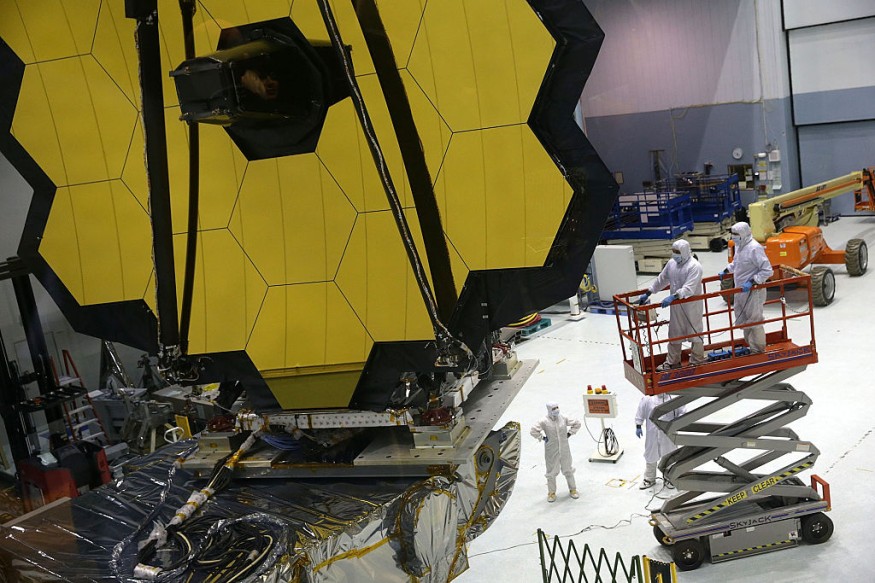NASA recently announced it had pushed the launch of its James Webb Telescope. This is not the first time the space agency is delaying the takeoff.
However, even though the objective is still to take the huge and multifaceted instrument to its new home in space before the end of 2021, SlashGear reported.
The team behind this space telescope project, an alliance between NASA and the European Space Agency, had formerly targeted to launch on October 31, 2021.
As earlier mentioned, this is not the first delay for the project that costs $10 billion. Development started in 1996, and during that time, the target was to launch in 2007. Then, a substantial redesign followed in 2005, and the building of the structure did not start until 2016.
In mid-May, it was reported that the JWST launch date might be delayed because of rocket issues. According to the report, such a rocket was supposed to serve as a launch vehicle that would keep the most excellent telescope worldwide from flying into space because of separation issues.

Factors and Issues to Consider
An Engadget report specified that according to Beatriz Romero, director for launch services of the telescope, shipping Webb and the preparedness of the rocket and spaceport were all essential considerations.
After extensive testing, the space agency and Northrop Grumman, the project's main contractor, Thomas Zurbuchen, the agency's chief of science said, are closer to packing up the Webb telescope into a shipping container.
That is likely to happen towards the latter part of August. Following the arrival of Webb at the French Guyana-based spaceport, it will take 55 days to prepare the space telescope for launch. Meaning, the launch window for this project will be in the middle of November this year, at the earliest.
Additionally, there is the issue of the Ariane 5 rocket too, that slated to transport the James Webb Telescope away from terra firma. It has been on the ground since August this year due to an issue with payload fairing.
Arianespace, the launch provider said, the problem has been solved with a redesign. Tests are slated for July and August to guarantee the issue has been addressed before the Webb launch, although there is always the possibility of postponements with those, as well.
Added hurdles, including the COVID-19 crisis that prevents on-site work, also pushed the Webb telescope launch back to late this year.
The Hubble Space Telescope Successor
Targeting to take over from the immensely successful Hubble Space Telescope the NASA's James Webb Telescope is equipped with a 21.3-foot-wide segmented mirror, dwarfing the 7.9-foot single-piece mirror of its predecessor, enabling it to detect infrared light released from the very first stars and galaxies to light up in the wake of the big bang, over 13 billion years ago.
Nevertheless, unlike Hubble, which took off into low-Earth orbit by the space shuttle and occasionally serviced, upgraded, and fixed by spacewalking astronauts, the Webb telescope, a 2018 CBS News report specified, would be enhanced to a point in space called the sun-Earth Lagrange point No. 2 - L2 - approximately one million miles from Earth.
This previous report also said, as such, the JWST would be entirely on its own once launched, well ahead of reach of spacewalking astronauts even if piloted spacecraft were accessible that could reach its inaccessible outpost.
A related report is shown on Launch Pad Astronomy's YouTube video below:
RELATED ARTICLE : Schedule for The First Eclipse and Other Solar and Lunar Eclipse in 2021
Check out more news and information on Space on Science Times.











